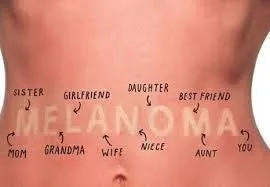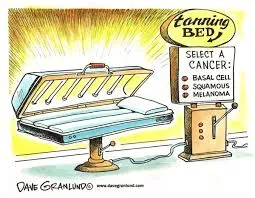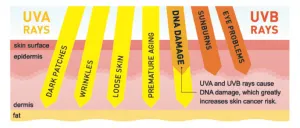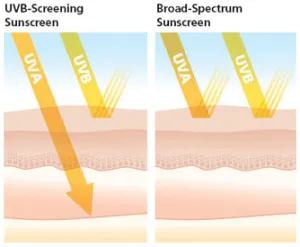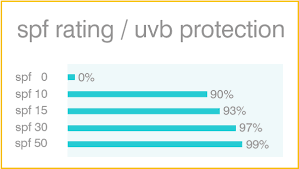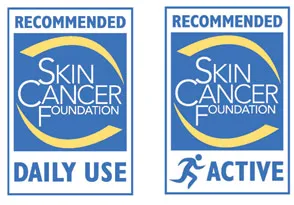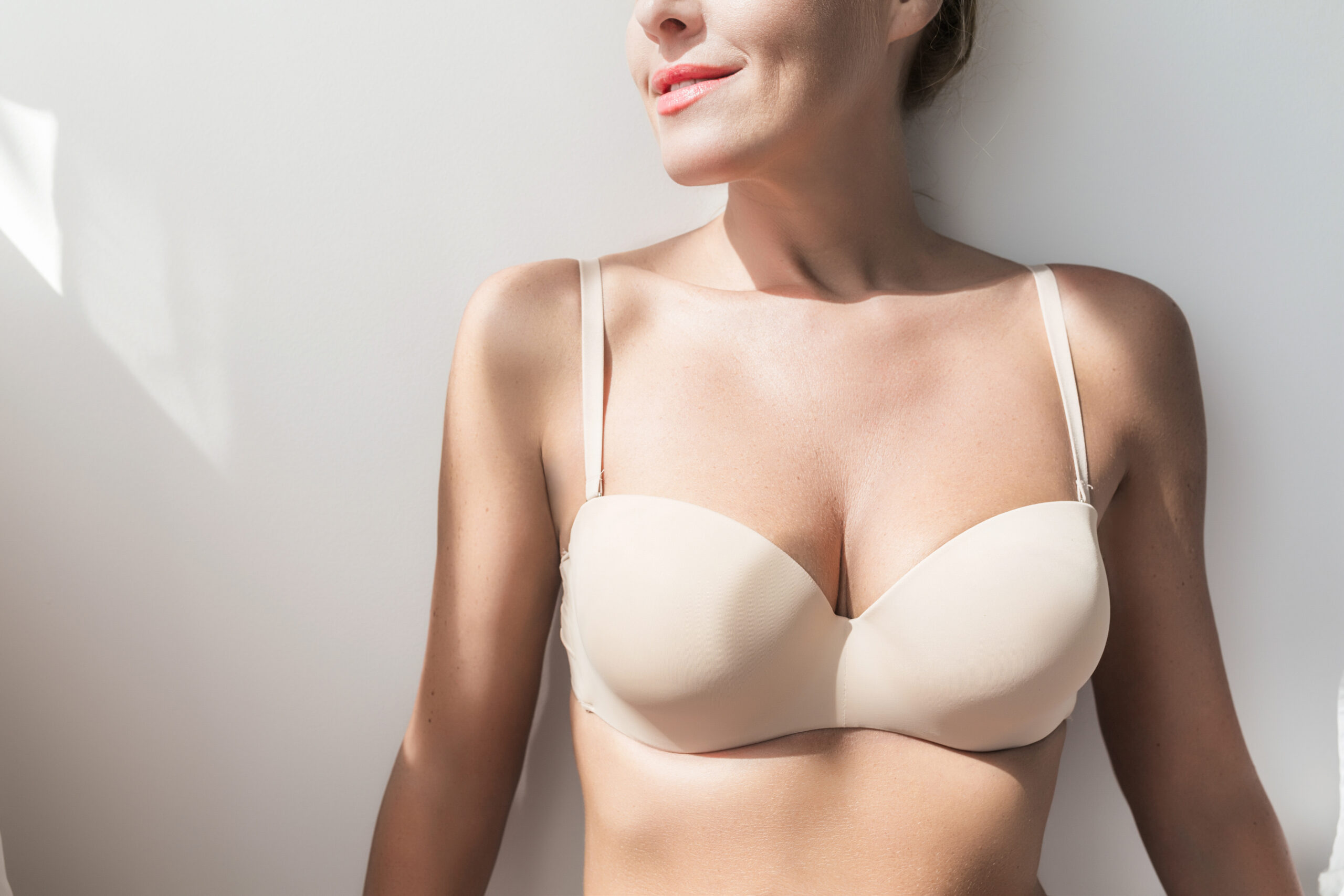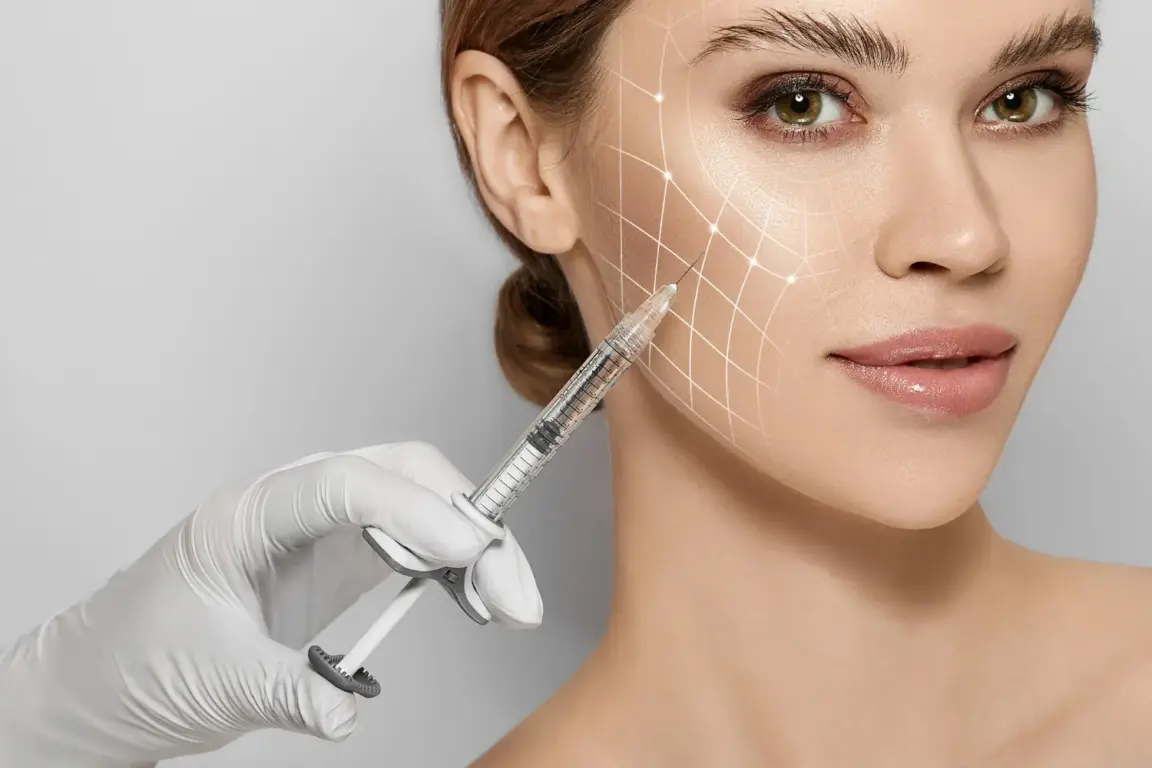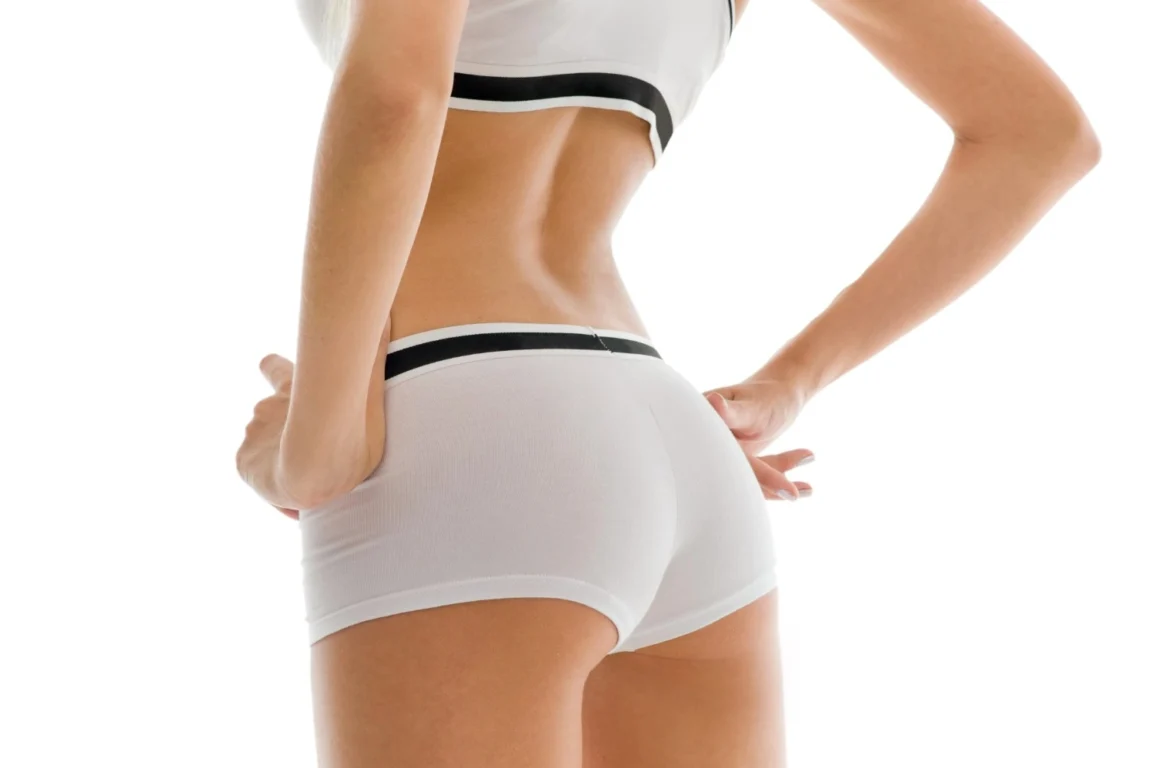The summer months are upon us and as North Dakotans, we know that means only 3 months of beautiful weather and sunshine. Just because we live in the blistery North, doesn’t mean we all should not be applying sun protection year-round – and no, your makeup with SPF does not count. Each year 5.4 million cases of basal and squamous cell carcinoma are diagnosed. An estimated 87,000 new cases of invasive melanoma will be diagnosed in 2017 and every 54 minutes someone dies from this cancer. Melanoma makes up 3% of all pediatric cancers. Each year there are more cases of skin cancer than colon, breast, lung, and prostate cancer combined. These scary statistics continue to rise each year.
We often have conversations with patients that are preparing for their upcoming tropical vacations by spending time in a tanning bed. Tan skin is damaged skin – end of the story. More than 419,000 cases of skin cancer in the U.S. are linked to indoor tanning. The International Agency for Research on Cancer has listed UV rays from tanning devices in the same category as carcinogenic agents such as plutonium, cigarettes, and solar UV radiation. Each year more people are diagnosed with skin cancer from tanning beds than lung cancer from smoking. Many countries around the world and even states in the U.S. are in the process of banning the use of tanning beds altogether. The best way to protect your skin while on vacation is simply to stay in the shade, wear wide-brimmed hats and sunglasses, and apply a broad-spectrum sunscreen.
As North Dakotans, I believe we have adopted many misconceptions about how we are affected by the sun. Many of our summer and winter days are plagued by clouds, wind, or snowmaking us feel as though the sun is not penetrating our skin. Indirect or diffuse UV light is radiation that has been scattered by the clouds and other elements in the atmosphere, and/or bounced back from UV-reflective surfaces like dry sand, snow, or concrete. So whether we are at the lakes sitting under an umbrella on the beach or building snowmen with our children in the winter months, we need to be applying broad-spectrum sunscreen.
I have used the term “broad-spectrum sun protection” several times in this post. Before we can understand what that means, let’s first talk about the difference between UVA and UVB rays. UVA rays make up 95% of UV radiation that reaches the Earth’s surface. While UVA is not as strong as UVB rays, they are 30-50% more prevalent. UVA penetrates past the epidermis and into the dermis. They contribute to premature aging, hyperpigmentation, and cellular damage causing skin cancers. UVA can also penetrate clouds and glass thus why it is very important to wear sunscreen even if you spend much of your time traveling in vehicles. UVA is also the dominant tanning ray. Any time your body responds to the sun with a tan, your skin has been damaged at a cellular level. A tan is your body’s attempt to try and halt further cellular damage. UVA rays also remain consistent year-round.
UVB rays are the rays that contribute to sunburns primarily causing damage to the epidermis. UVB rays also play a large role in causing skin cancer. The intensity of UVB rays varies on time of day, the season of the year, and geographical location. The U.S. has the strongest UVB rays between 10 am and 4 pm and from April to October, however, they can be damaging all year especially in high altitudes and geographical locations that see a lot of reflective surfaces such as snow and ice – like NORTH DAKOTA. About 80% of the UVB rays are reflected off these surfaces thus potentially hitting the skin twice. Sun protection is just as important in the winter as it is in the summer.
With the understanding of the different types of UV radiation, we can now address what “broad-spectrum sun protection” means. Broad-spectrum refers to a sunscreen that protects your skin against both UVA and UVB rays. You have probably also heard phrases like “mineral-based”, “physical block”, “chemical block”, and “SPF” in reference to sunscreen. Mineral-based sunscreens are referring to those containing Zinc Oxide and Titanium Dioxide which are considered physical blocks. All other sun protection ingredients fall into the chemical block category. A physical block prevents the sun from penetrating the skin entirely. A chemical block will allow rays to enter the skin but then breaks them down to where they are no longer causing harm. It is very important to remember that if you struggle with sunspots or hyperpigmentation it is essential you wear a broad-spectrum sunscreen with a physical block. A chemical block still allows the skin to react to the sun by creating heat which can cause a pigmentation exacerbation. Click here to see a list of all the FDA approved sunscreen ingredients.
SPF or Sun Protection Factor is referring to a measurement of how long it will take UVB rays to redden sun-protected skin vs. how long the skin would take to be reddened without protection. For example, if sunscreen with an SPF 15 is applied, it will take the skin 15 times longer to redden than without. An SPF 15 sunscreen protects against 93% of the sun’s UVB rays, SPF 30 screens 97%, and SPF 50 screens 99%. The Skin Cancer Foundation recommends a minimum SPF 15 of broad-spectrum sun protection for daily use. If you are participating in extended outdoor activities, the recommendation is a broad-spectrum, water-resistant, SPF 30 or higher with re-application every 2 hours or immediately after swimming or perspiring.
You may have been browsing for sun protective products and saw the Skin Cancer Foundation seal on many of the products. This seal indicates that the products have been tested and meet specific criteria to be considered adequate sun protection. You will see this seal on sunscreen, sunglasses, windows, awnings/umbrellas, and clothing. Follow this link to find products that are approved by the Skin Cancer Foundation.
With all this said, we still want you to enjoy the beautiful (short) summers in North Dakota. Here are a few tips to getting outside while still being safe and protecting your skin.
- Seek shade between the hours of 10 am and 4 pm when UV rays are the strongest. If you are at the lakes, have an umbrella set up for you and your family to catch a break from the sun.
- Never let your skin burn. Wear a broad spectrum SPF 15 sunscreen for daily use and broad-spectrum, water-resistant, SPF 30 or higher for extended outdoor use following the Skin Cancer Foundation’s guidelines for reapplication. The recommended amount to use is 2 tablespoons for the entire body.
- Cover up with clothing including a wide-brimmed hat and UV protecting sunglasses.
- Keep babies out of the sun. Sunscreen should NOT be used on babies under the age of 6 months.
- Stay well hydrated.
- Last, but NOT least – monitor your skin closely for any changes on a monthly basis and have your skin examined yearly by a dermatologist.

